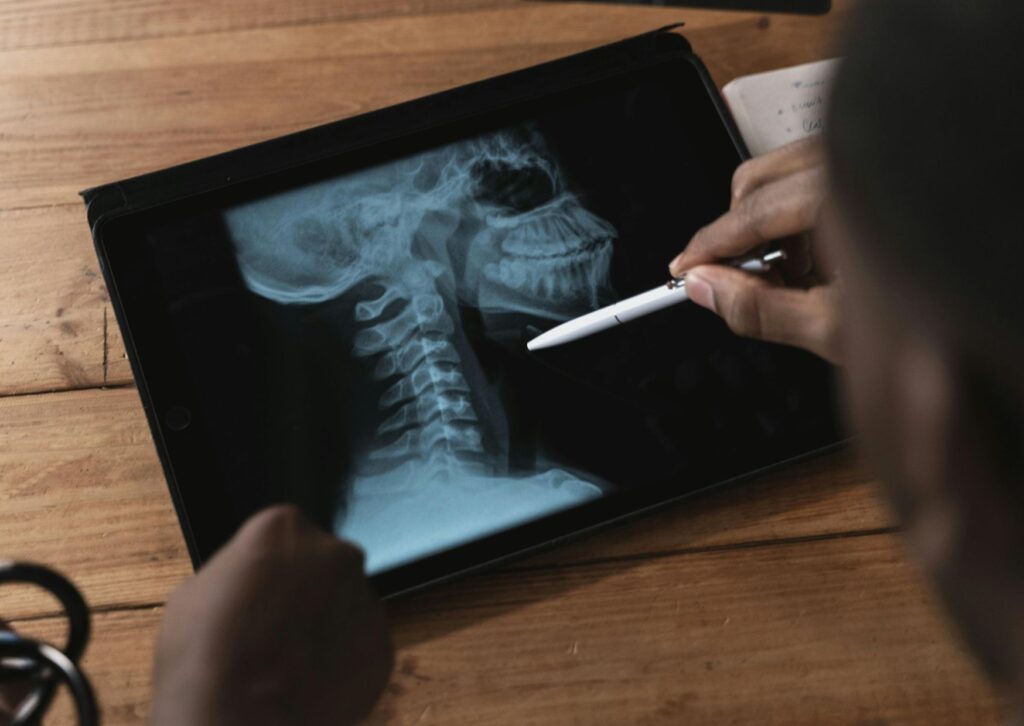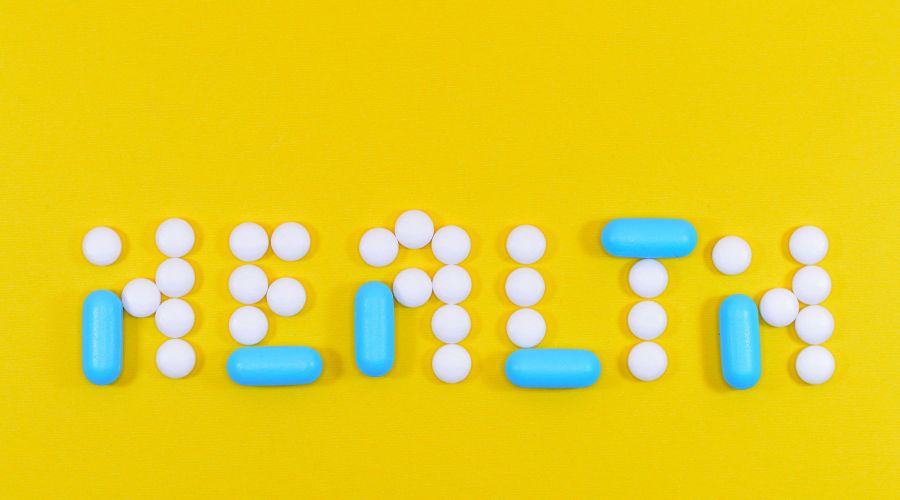Yes, It Sees. But What Are We Looking At?
A Friendly Start: From Computer Vision to Real-World Impact
The idea for this article actually came from a small personal discovery. I was playing around with the new Astra camera feature in my Gemini Live app — yes, the one that now “sees” what you see — and something clicked. It wasn’t just the novelty of a camera that could describe my coffee cup or analyze the layout of my kitchen (although, mildly terrifying). It was the realization that this is nothing fictional about this science. This is quietly, quickly becoming part of our daily lives.
And in pharma? Well, we’re not just talking about tech that spots a barcode or enhances a selfie. We’re looking at machines that can read an X-ray, interpret a pathology slide, or help a doctor in a rural clinic diagnose a skin lesion via video. That’s life changing and many time saving.
Machines are getting better and better at doing what we once thought only humans could do. Like looking at a scan and saying “yes, unfortunately that’s a tumour,” or analysing a video and pulling out the three seconds that actually matter.
That’s the promise of AI Vision — or, if you prefer the textbook version, computer vision enhanced by multimodal AI. Sounds fancy, right? But what it really means is this: we’re teaching machines not just to see, but to understand.
And when that lands in the pharmaceutical and healthcare world, it’s not just bells and whistles. It’s transformative. Think:
- Quicker diagnoses (shorter waiting lists, hence quicker treatment).
- Safer clinical trials (fewer forms and site visits).
- Content that’s actually useful for HCPs, not just more digital wallpaper.
This article isn’t a product pitch or a hype train. It’s a grounded look at how AI Vision is actually being used in life sciences right now — real tools, real hospitals, real use cases.
The Maturity of Vision AI in 2025: It’s Not Coming — It’s Here
We often talk about AI in future tense. But in the case of visual intelligence, we’re already well into the rollout. The buzzwords have turned into products, pilots, and in many cases, standard practice. And not just at startups — we’re talking hospitals, R&D teams, regulatory affairs departments.
Here are just a few examples of what’s already live:
- Diagnostic Imaging: Companies like Aidoc and Zebra Medical Vision are using AI to read X-rays, CTs, and MRIs. We’re not talking “experimental” anymore — these platforms are spotting pulmonary embolisms and brain bleeds in real time.
- Digital Pathology: At Stanford University, AI now analyzes histopathology slides faster (and in some cases, more accurately) than human pathologists. Aiforia is doing something similar — and it’s hard to ignore the implications when you consider cancer diagnostics.
- Vision Meets Language: Multimodal models like GPT-4V, Claude 3, and Gemini don’t just see — they read, interpret, and contextualize. Want to feed them a complex chart and a 100-page clinical trial protocol? Go for it. They’ll find patterns humans might miss — or at least take a very long time to find.
- Video Understanding: Google’s latest vision API can break down long scientific presentations, extract keyframes, detect objects, and even generate captions. In a world overflowing with webinars and medical congress footage, that’s more than a nice-to-have.
Quick reality check
This isn’t “in the lab” anymore. It’s deployed:
- Moorfields Eye Hospital used DeepMind to classify over 50 eye diseases with the accuracy of top specialists.
- Mass General reduced false positives in mammography using AI vision tools.
- Amgen partnered with Syntegon to detect syringe defects, increasing sensitivity by 70% and cutting false alerts in half.
- AstraZeneca is using AI to read tumor scans and retinal images to predict disease risk. That’s not next-gen — that’s this gen.
Where Vision Gets Strategic: AI in Pharma Ops
It’s one thing to say “AI can see.” But the real question is: what can it do with that sight? Spoiler: quite a bit — especially when you bring it into the operational heart of a pharma organization.
A. Inside the Value Chain: Better, Safer, Faster
| Function | What AI Vision Does | Why It Actually Matters |
|---|---|---|
| Sales Enablement | Analyzes rep-HCP video calls — facial cues, gestures, delivery | Improves message clarity, engagement, and even compliance |
| Marketing Ops | Auto-checks visual content — banners, videos, emails | Speeds up med-legal review cycles, keeps branding consistent |
| Clinical Trials | Remote site inspections via live video | Saves time, lowers travel costs, and enforces SOPs at scale |
| Pharmacovigilance | Scans social/video platforms for AE mentions | Detects risks earlier on TikTok, Instagram, YouTube |
| Manufacturing | Quality assurance for particles, labels, container integrity | Lowers recall risk, speeds batch release (e.g., Amgen) |
| Regulatory Affairs | Compares pack artwork across versions/languages | Avoids errors in global submissions |
B. At the Human Interface: Smarter, Warmer Interactions
| Stakeholder | What Vision AI Does | Why It Works |
|---|---|---|
| HCPs | Generates visuals tailored to specialty (e.g. retina scans, angiograms) | Improves relevance and engagement |
| HCPs | Supports diagnostics via remote imaging (e.g. dermatology) | Enhances virtual care and triage |
| Patients | Recognizes pills via app camera | Reduces errors, boosts adherence |
| Patients | Tracks wound healing via smartphone images | Enables better chronic care |
| All | AR/VR + AI Vision for education and support | Enhances understanding and trust |
But Wait — Let’s Talk About the Messy Bits
No tech is perfect. Especially not one interpreting something as nuanced as a human body. So let’s take a beat and acknowledge the risks:
- Bias: If your model was trained on non-diverse datasets, guess who it won’t serve well? Underrepresented groups. That’s not just unethical — it’s dangerous.
- Explainability: If an AI says “yes, this scan is suspicious,” you better be able to explain why. Tools like Grad-CAM help make AI decisions transparent, but they need to be embedded into every step.
- Privacy: We’re talking about images, faces, possibly even livestreams. HIPAA and GDPR aren’t optional. Local processing, encryption, and audit logs aren’t nice-to-haves — they’re the floor.
- Change Management: Even if the tech works, humans need to trust it. That takes training, clear value, and a healthy dose of patience.
Looking Forward: Where Is This All Going?
Let’s close with a bit of near-future thinking. What’s around the corner?
- Wearables + Vision: Think patient-generated health data from smart glasses or body cams, adding new context to digital biomarkers.
- AR/VR + Vision AI: Virtual procedural simulations for HCPs, onboarding support for patients. Basically, a lot less paper and a lot more visual learning.
- Multimodal Omnichannel: AI-generated visuals tailored in real-time across HCP touchpoints — from email to rep calls to medical portals (too much?)
Strategic Roadmap for Pharma Teams (2025–2027)
- Pilot Fast, Fail Small: Start with unstructured data you already have — like sales calls, QA footage, or training videos.
- Pick the Right Partners: Go for vendors with pharma-ready APIs, local deployment, and explainability baked in.
- Train Internally: Regulatory, marketing, med affairs — everyone needs to know how to review and challenge AI outputs.
- Co-Create with HCPs: Don’t just drop tools on their desks. Involve them early, measure trust and value.
- Ethics by Design: Build in audits, publish transparency reports, and keep humans in the loop.
Final Thoughts
AI Vision isn’t hype — not anymore. It’s here, it’s real, and it’s being quietly integrated into some of the most critical areas of life sciences.
For pharma companies willing to embrace it thoughtfully — not blindly — there’s a huge opportunity to work smarter, move faster, and serve both HCPs and patients in more meaningful ways.
And if you ever needed proof that your phone’s camera might soon be smarter than your average med student? Well… imagine if that student can use this amazing tool!
Sources: OpenAI, Anthropic, Google AI, Meta AI, Stanford Medicine, AstraZeneca R&D, Aidoc, Aiforia, Keyence, Spectral AI, FDA ML Action Plan, PMC (PubMed Central), Designveloper AI Health Cases



